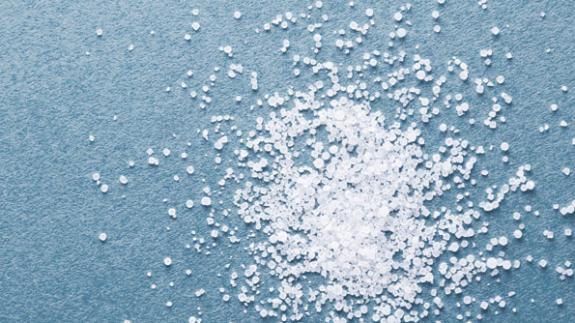Salt isn’t evil; the problem is that Americans eat too much of it. The human body needs a mere 500 mg of sodium chloride daily to maintain fluid balance, nerve health, and muscle function, among other roles, but the most recent Centers for Disease Control and Prevention (CDC) data suggests the average American tops 3,300 mg every day. Current dietary guidelines recommend curtailing that to 2,300 mg daily, and 1,500 mg or less if you have a heart-disease risk like hypertension or diabetes. A 2012 study published in Stroke indicated that for every 500 mg sodium intake above 1,500 mg daily, stroke risk rises an alarming 17 percent. A salt-heavy diet also increases risk for kidney disease, stomach cancer, and calcium bone loss.
Americans get about 65 percent of their salt intake from processed foods and another 25 percent from restaurant meals. Fast food, pizza, soy sauce, deli meats, and canned soups are top offenders, but excess sodium also turns up in unexpected places. Rein in your intake by cooking more of your own meals, reading food labels carefully, and choosing naturally lower-sodium alternatives for these surprising salt bombs.
